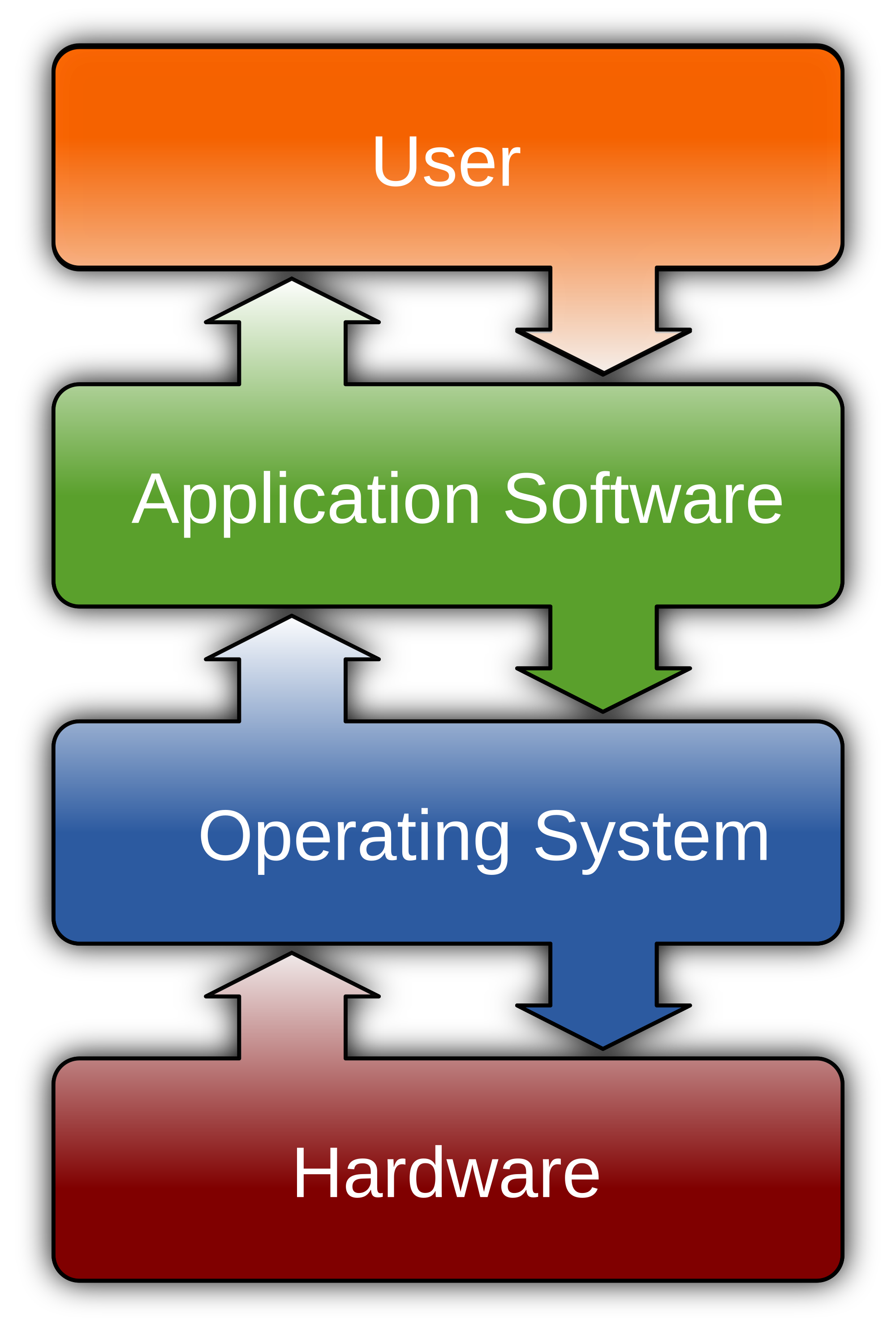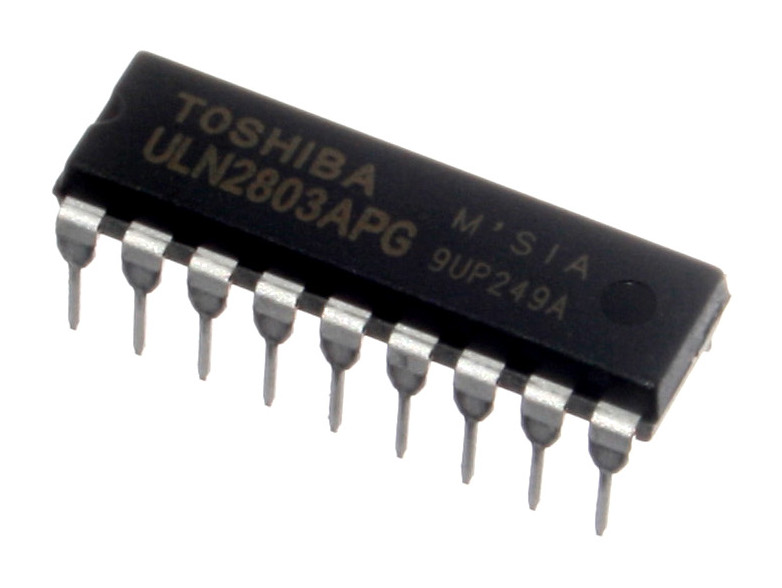INTRODUCTION
Definition of terms
i) Network
A collection of independent entities that are arranged in such a manner to exchange data,
information or resources e.g Road networks, telephone networks.
ii) Computer networks
A collection of computers linked together using transmission media for the purpose of communication and resource sharing
iii) Transmission Media
is a physical and non-physical link between two or more computers and in which a signal can be made to flow from source to destination
iv) Resource Sharing
Is the sharing of the resources that are attached to the network for access by users eg file, printers , data, application programs etc
v) Data Communication
A process of transmitting data signal from one point to another through the network
vi) Telecommunication
The communication i.e. transferring of data and information over significant distances is known as telecommunication.
Advantages of computer network are:
Data and software of computer can be shared with other computer on the network.
Only the authorized user of a network can use the facilities of the network.
Computers on the network can communicate with each other.
The disadvantages of computer network are:
Data and information may be stolen by computer hackers if the security of network is not reliable.
If any computer in a network gets affected by computer virus, there is high chance of spreading computer viruses on the other computer.
Computers on the network have to depend on the server computer for resources.
This sharing of information may leak the privacy of other clients.
Explain how computer network reduce expenses in an office.
- Computer Networks can allow businesses to reduce expenses and improve efficiency by sharing data and common equipment, such as printers, among many different computers. At the same time, the network may be connected through cables, telephone lines, infrared beams etc, which is cheaper and helps to reduce the expenses.
TERMS USED IN DATA COMMUNICATION
i) Data signal
Is a voltage signal level in the circuit which represents the flow of data. This can be either Analog or
Digital in nature
ii) Signal modulations and Demodulation
Is a process of converting data signal to and from a form that is suitable for transmission over a
transmit-ion medium.
MODEM - Converts digital signal by superimposing it on an analog carrier signal which is transmitted
over analog telephone line. A process known as Modulation
A modem at the receiving end converts the analog signal into digital form a process called
Demodulation.
iii) Multiplexing
Is a process of sending multiple data signals over the same medium e.g a wire conductor can carry several data signal either simultaneously or at different times.
De multiplexing
A process of separating the multiplexed signals at the receiving end.
iv) bandwidth
- Is a maximum amount of data that the transmission medium can carry at any one time. e.g a cable having a bandwidth of 100 mbps.
v) Bases-band
- A digital signal that is generated and applied to transmission medium directly without modulation.
- It utilities the full capacity of transmission medium hence at any time, only one signal can be sent unless they are multiples.
vi) Attenuation/ Signal loss
- Is the decrease in magnetite and energy as a signal progressively move along a transmission medium. The signal is not boosted, it will totally be lost along the way and may never reach the destination.
- It corrected by placing a signal amplifier ( repeater station) along the medium at appropriate distances in order to receive the weak signal, clean it, amplify it then restart it.
MODES OF DATA COMMUNICATION
There are three modes of data communication
i) Simplex
ii) Half Duplex
iii) Full Duplex
1. Simplex
Communication in only one direction e.g radio broadcast. The listener cannot communicate back through radian receiver
2. Half Duplex
- Communication in both direction but one direction at a time e.g sender sends information then the receiver can reply e.g radio call
- Communication occurs in both directions simultaneously e.g a computer sending and receiving data on a network.
TYPES OF COMPUTER NETWORKS
Types of computer networks are classified according to size. There are three common networks
1. Local Area Network
2. Metropolitan Area Network
3. Wide Area Network
TYPES OF NETWORK TYPOLOGIES
- Refers to the way which computers and other devices have been arranged or how data is passed from one computer to another in a network
- Topology is viewed in two ways
1. Logical Topology/ Signal Topology
- Deals with the way data passes from one device to the next in the network e. g Ethernet and Token Ring
2. Physical Topology
- Refers to the physical layout or arrangement of components on the network e.g Star, Bus, Ring, Mesh, Tree/Hierarchical Typologies
1. Bus Topology
Alternatively referred to as a line topology, a bus topology is a network setup in which each computer and network device are connected to a single cable or backbone. The following sections contain both the advantages and disadvantages of using a bus topology with your devices.
Advantages of bus topology
It works well when you have a small network.
Easiest network topology for connecting computers or peripherals in a linear fashion.
Requires less cable length than a star topology.
Disadvantages of bus topology
Difficult to identify the problems if the whole network goes down.
It can be hard to troubleshoot individual device issues.
Not great for large networks.
Terminators are required for both ends of the main cable.
Additional devices slow the network down.
If a main cable is damaged, the network fails or splits int
2. Ring Topology
A ring network is a network topology in which each node connects to exactly two other nodes, forming a single continuous pathway for signals through each node - a ring. Data travels from node to node, with each node along the way handling every packet.
Advantages of ring Topology
Very orderly network where every device has access to the token and the opportunity to transmit
Performs better than a bus topology under heavy network load
Does not require a central node to manage the connectivity between the computers
Due to the point to point line configuration of devices with a device on either side (each device is connected to its immediate neighbor), it is quite easy to install and reconfigure since adding or removing a device requires moving just two connections.
Point to point line configuration makes it easy to identify and isolate faults.
Reconfiguration for line faults of bidirectional rings can be very fast, as switching happens at a high level, and thus the traffic does not require individual rerouting.
Disadvantages of Ring Topology
One malfunctioning workstation can create problems for the entire network. This can be solved by using a dual ring or a switch that closes off the break.
Moving, adding and changing the devices can affect the network
Communication delay is directly proportional to number of nodes in the network
Bandwidth is shared on all links between devices
More difficult to configure than a Star: node ad junction = Ring shutdown and reconfiguration
3. Star Topology
Star networks are one of the most common computer network typologies. In its simplest form, a star network consists of one central node, typically a switch or hub, which acts as a conduct to transmit messages. In star topology, every node (computer workstation or any other peripheral) is connected to a central node. The switch is the server and the peripherals are the clients.
Advantages
If one node or its connection breaks it doesn’t affect the other computers and their connections.
Devices can be added or removed without disturbing the network
Disadvantages
An expensive network layout to install because of the amount of cables needed
The central hub is a single point of failure for the network
4. Mesh Topology
A mesh network is a network topology in which each node relays data for the network. All mesh nodes cooperate in the distribution of data in the network. It can be applied to both wired and wireless networks.
Advantages of Mesh topology
1) Data can be transmitted from different devices simultaneously. This topology can withstand high traffic.
2) Even if one of the components fails there is always an alternative present. So data transfer doesn’t get affected.
3) Expansion and modification in topology can be done without disrupting other nodes.
Disadvantages of Mesh topology
1) There are high chances of redundancy in many of the network connections.
2) Overall cost of this network is way too high as compared to other network typologies.
3) Set-up and maintenance of this topology is very difficult. Even administration of the network is tough.
Switch Bridge Packet forwarding in Switches are performed using A Sics (Application Specific Integrated Circuits). Packet forwarding in Bridges are performed using software. Work at higher speed. Work at lower speed. Switches have more ports. Bridges have less port. Switches can operate on half and full duplex mode. Bridges can operate on half duplex mode only.
Router Gateways Coordinates data transfer within internal network. Coordinates data transfer from internal network to internet. All the functionality of gateways are in router. Gateways are integrated into the router. Always have to have a hardware to function. Some software also can perform as gateways.










